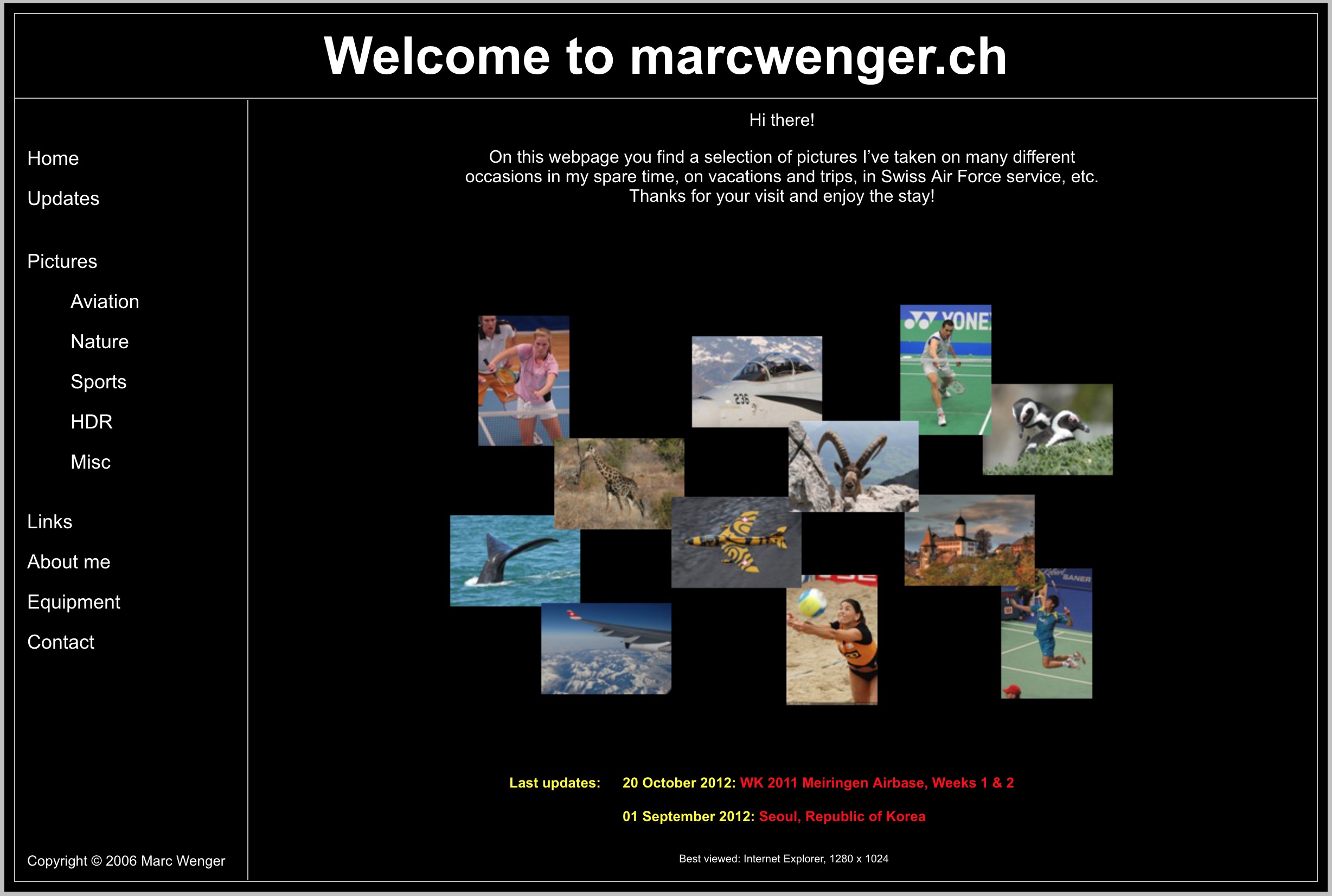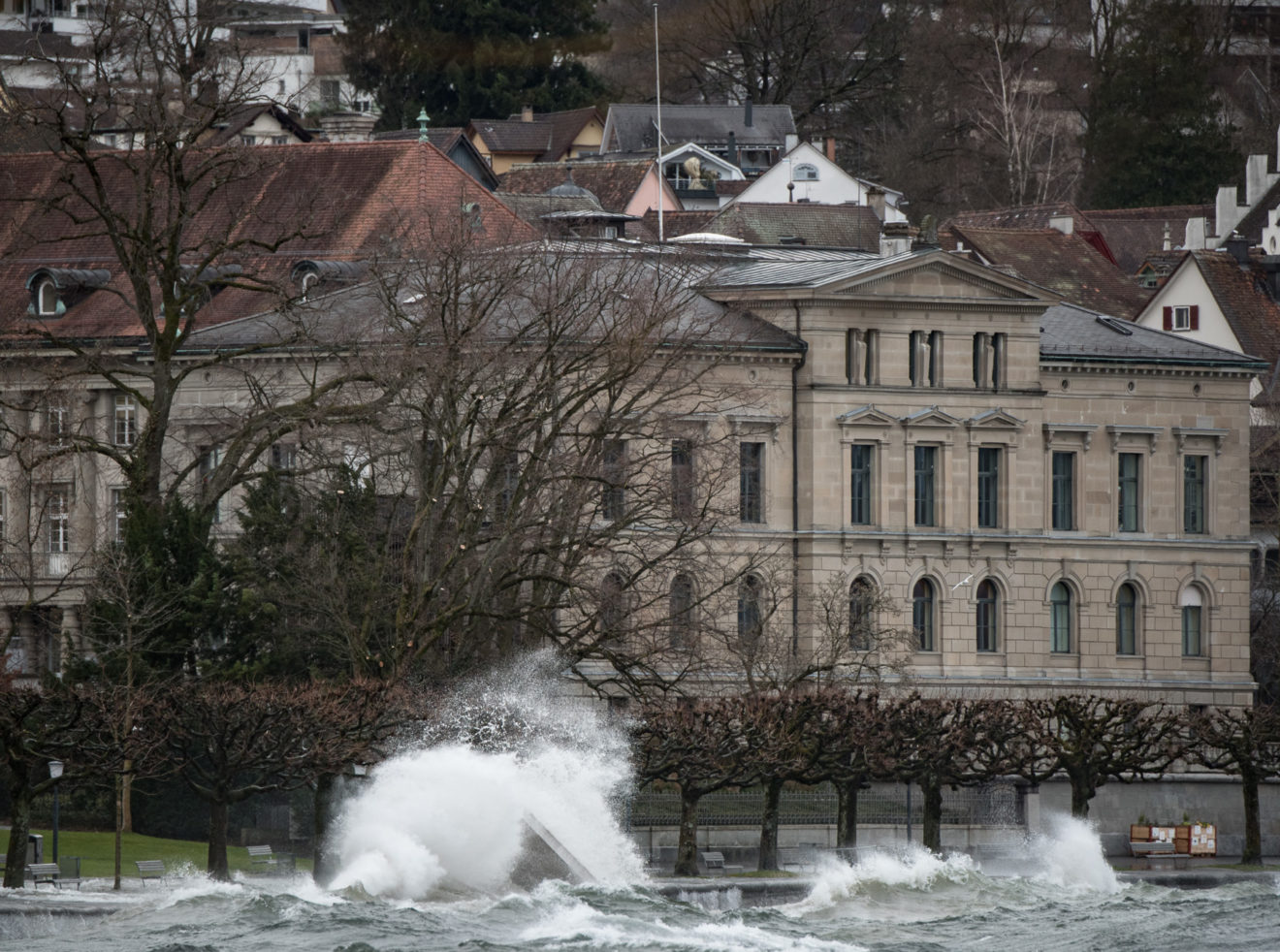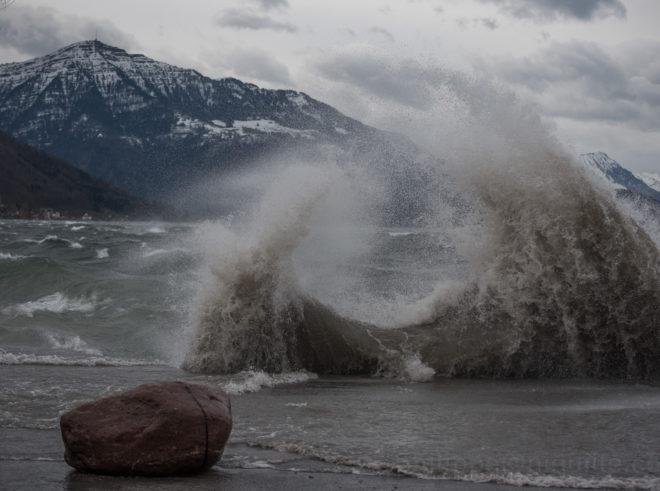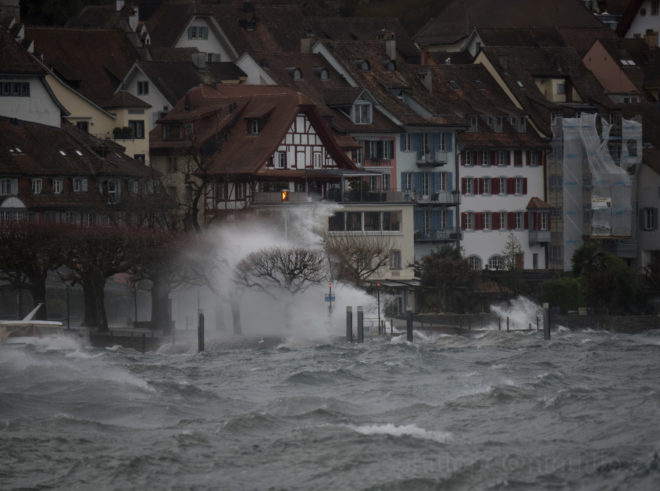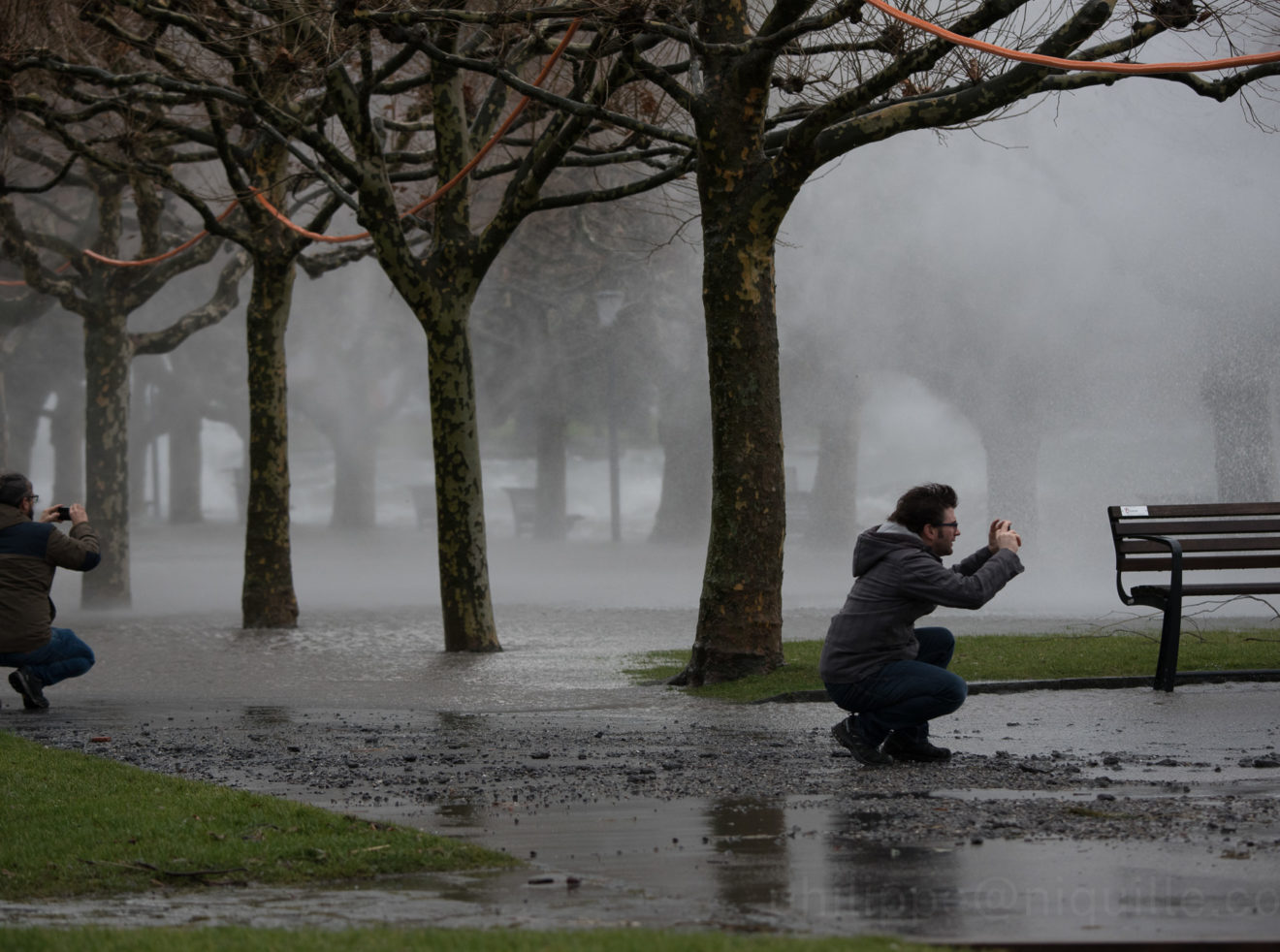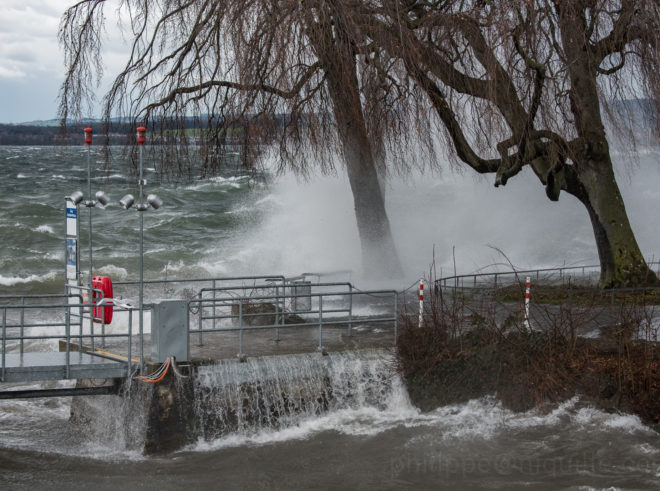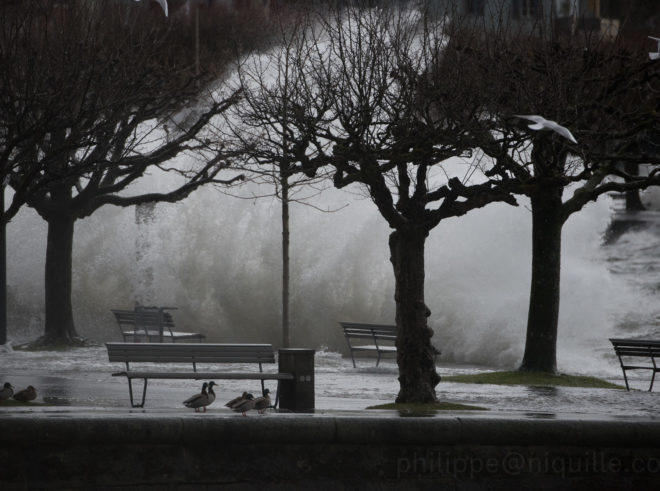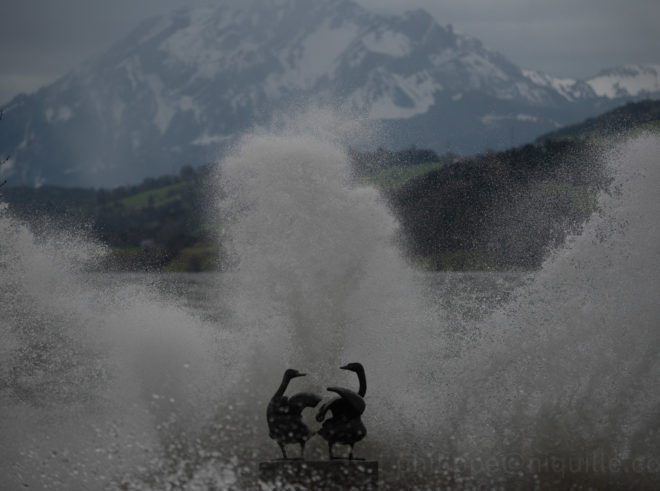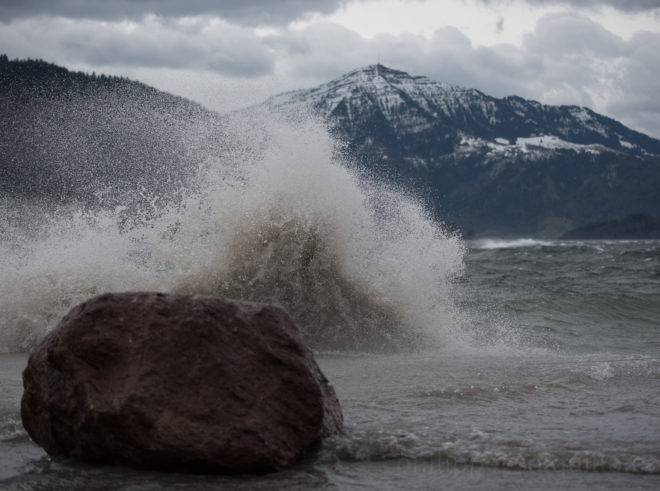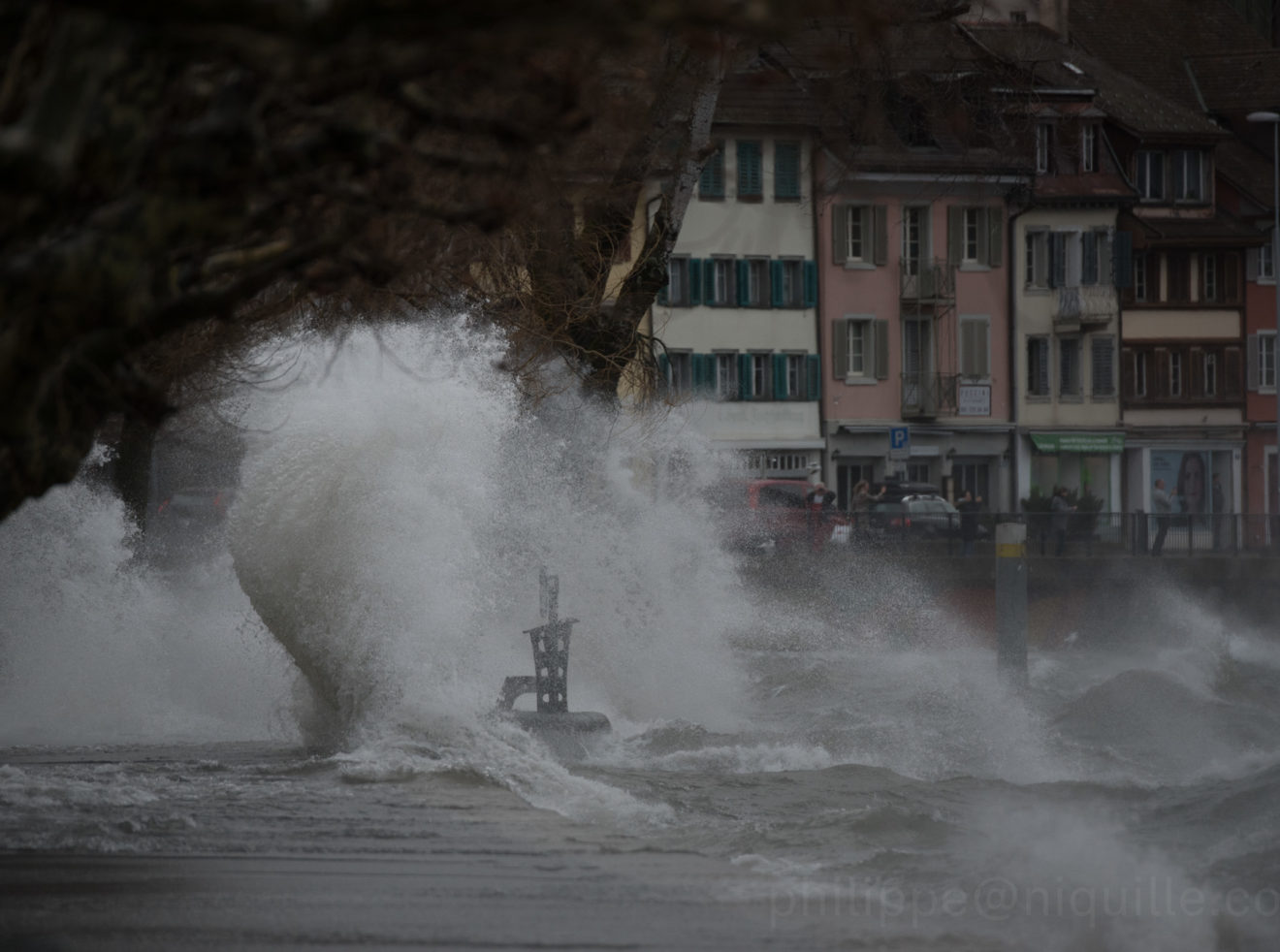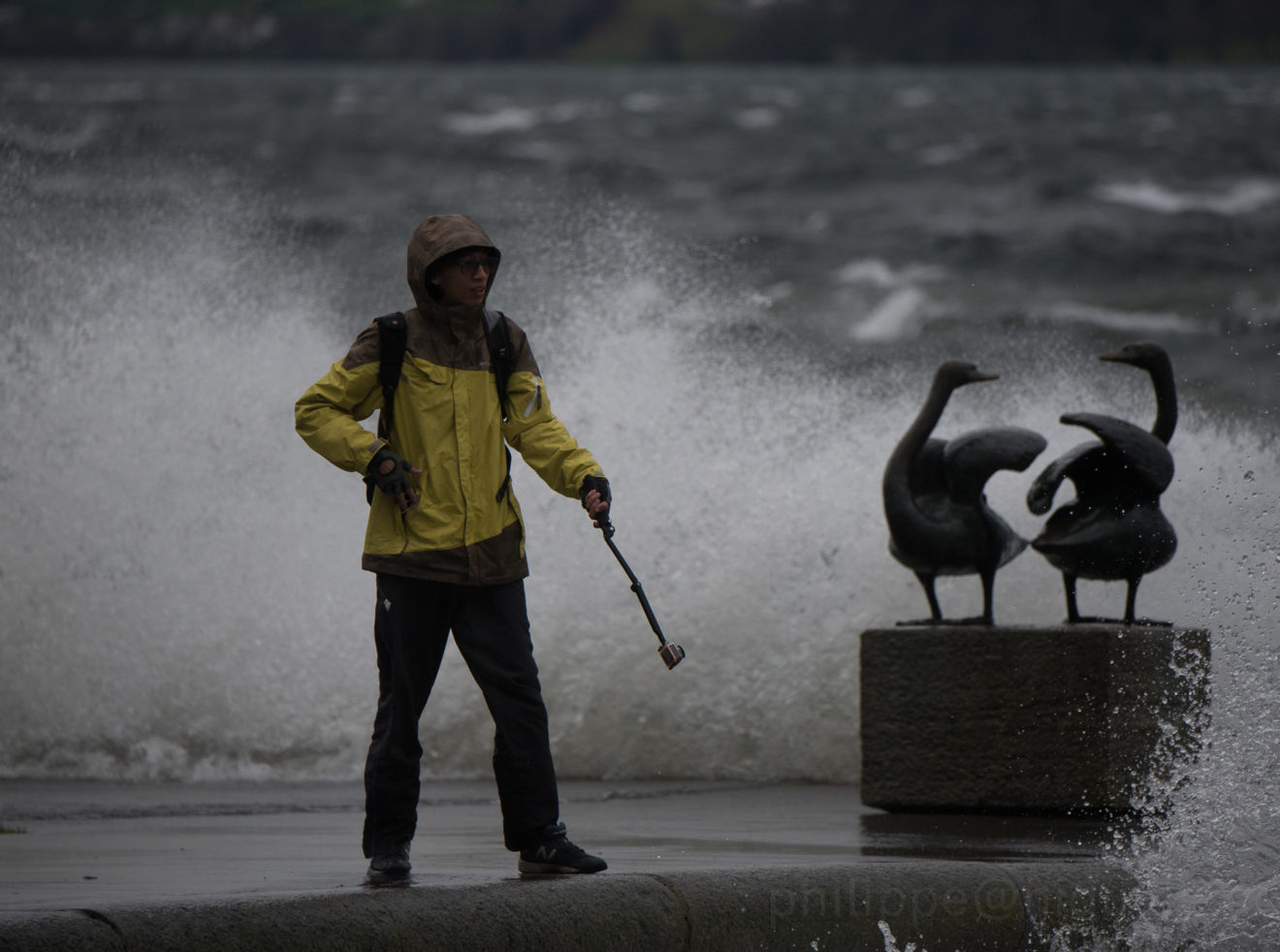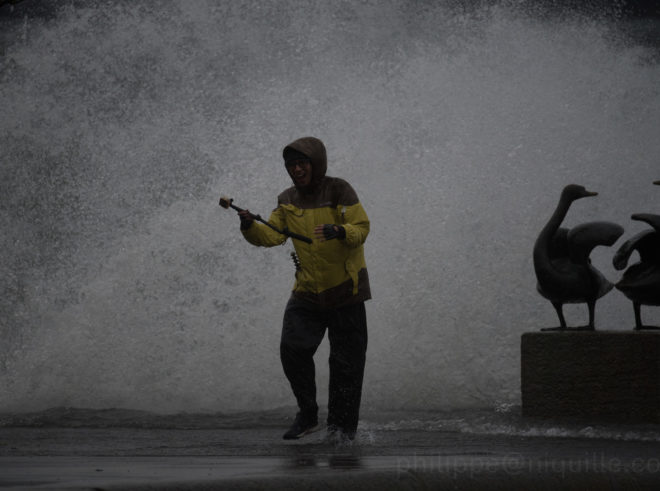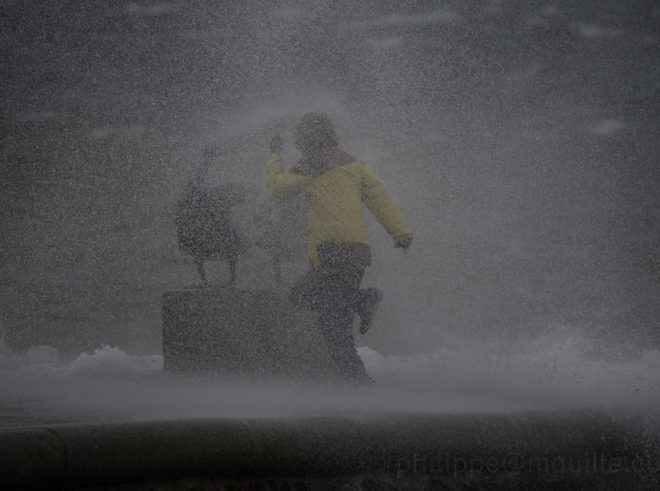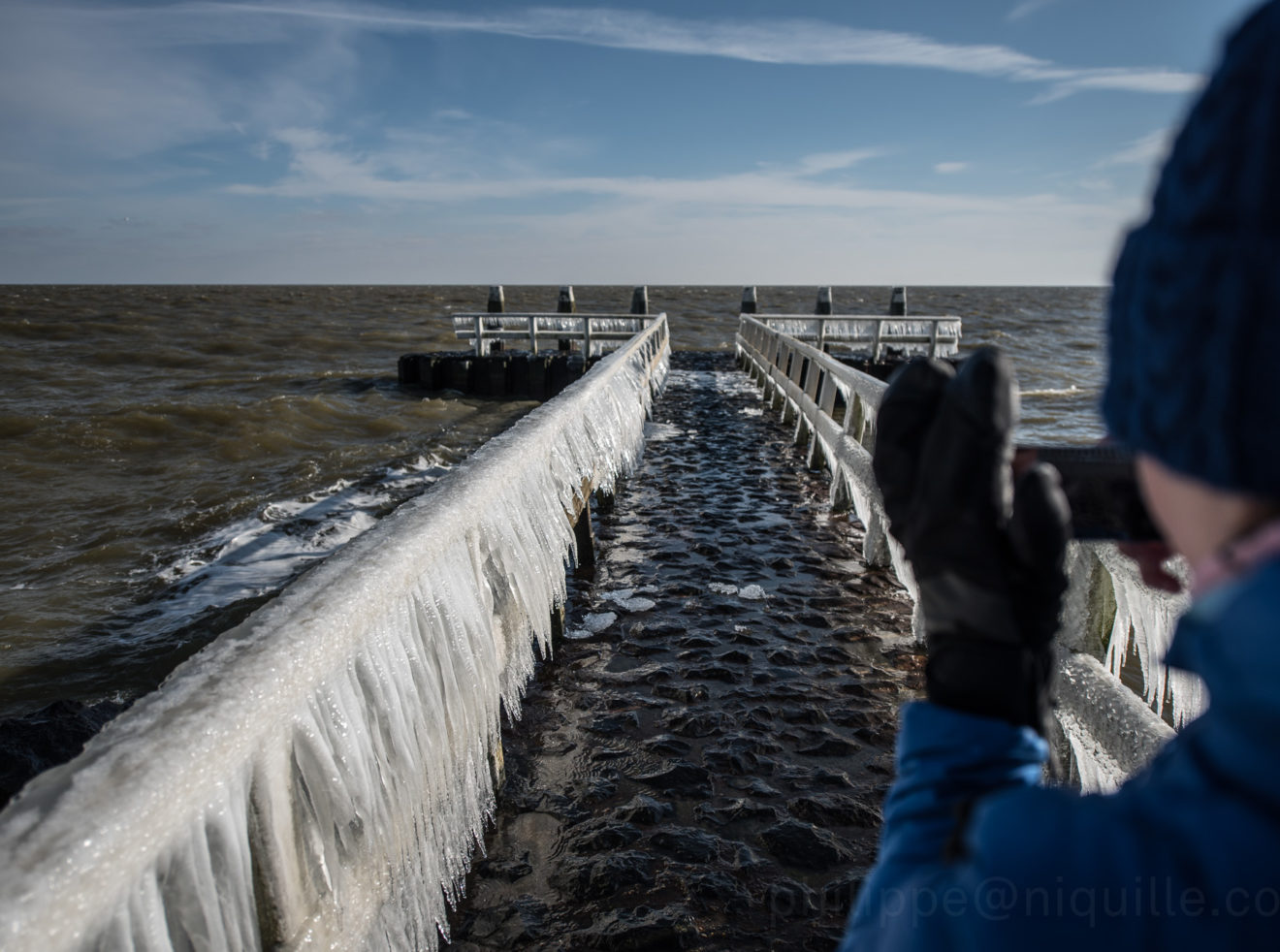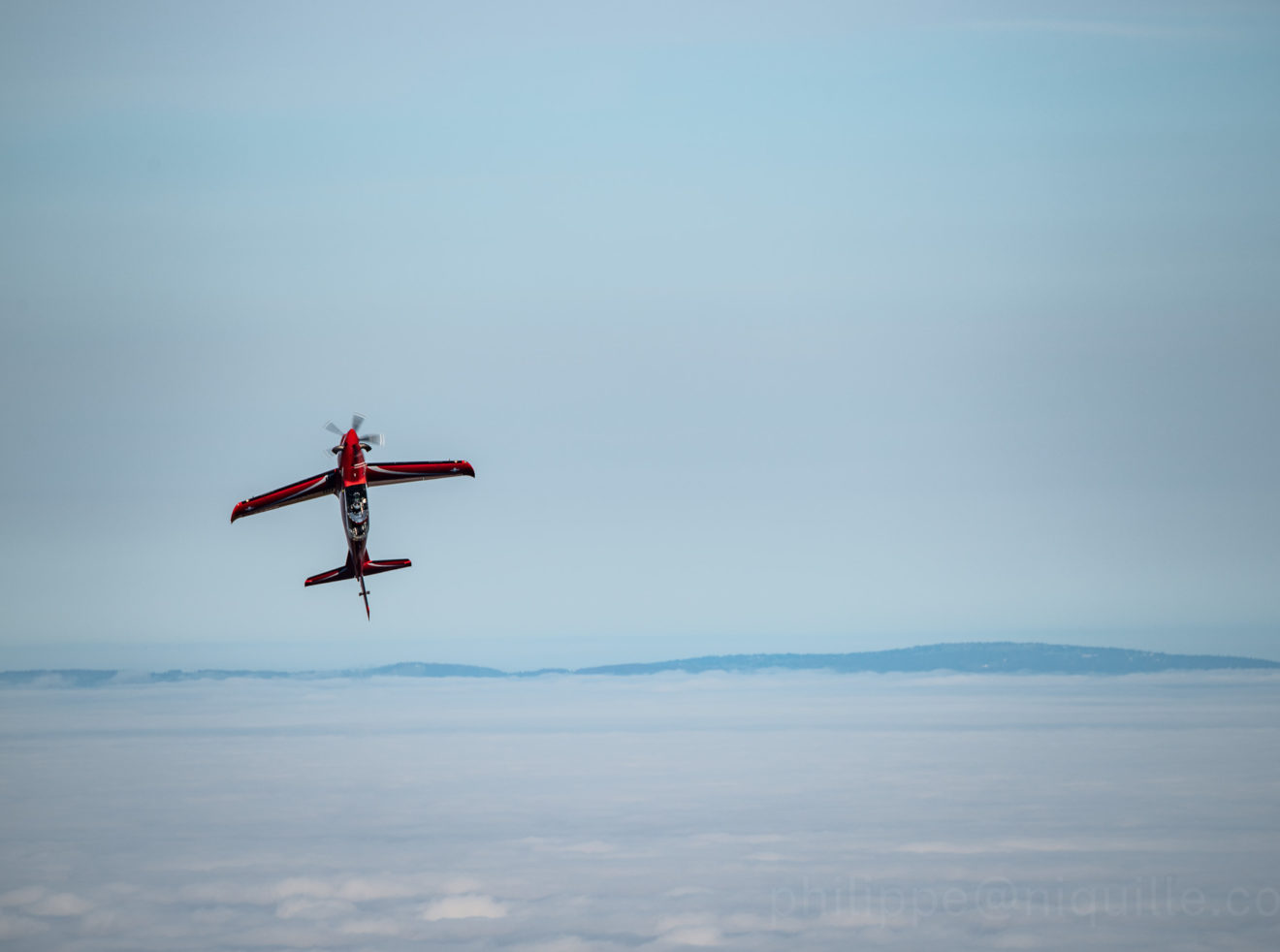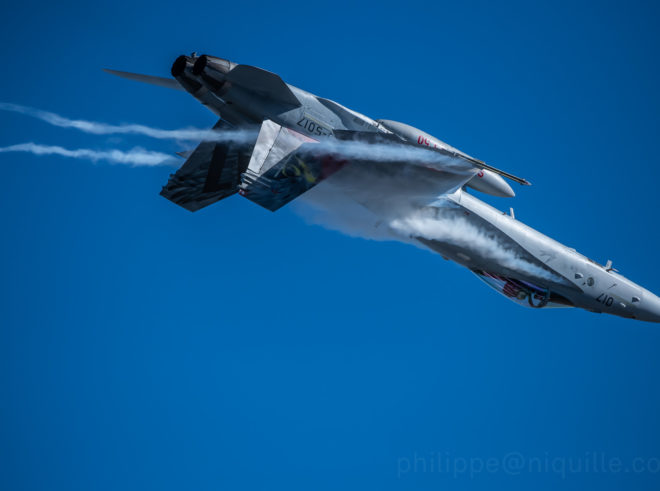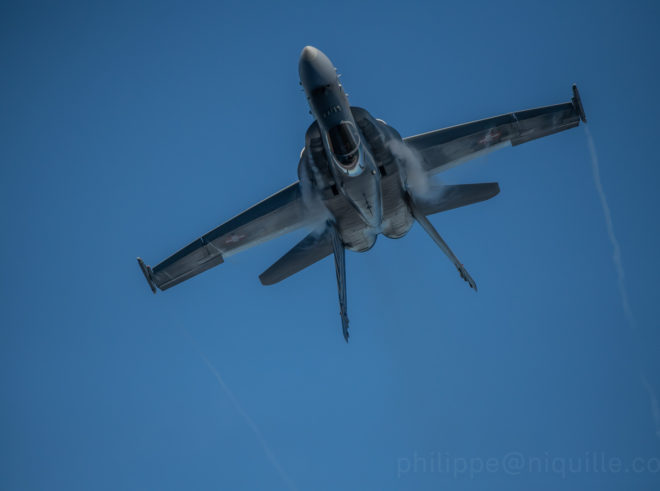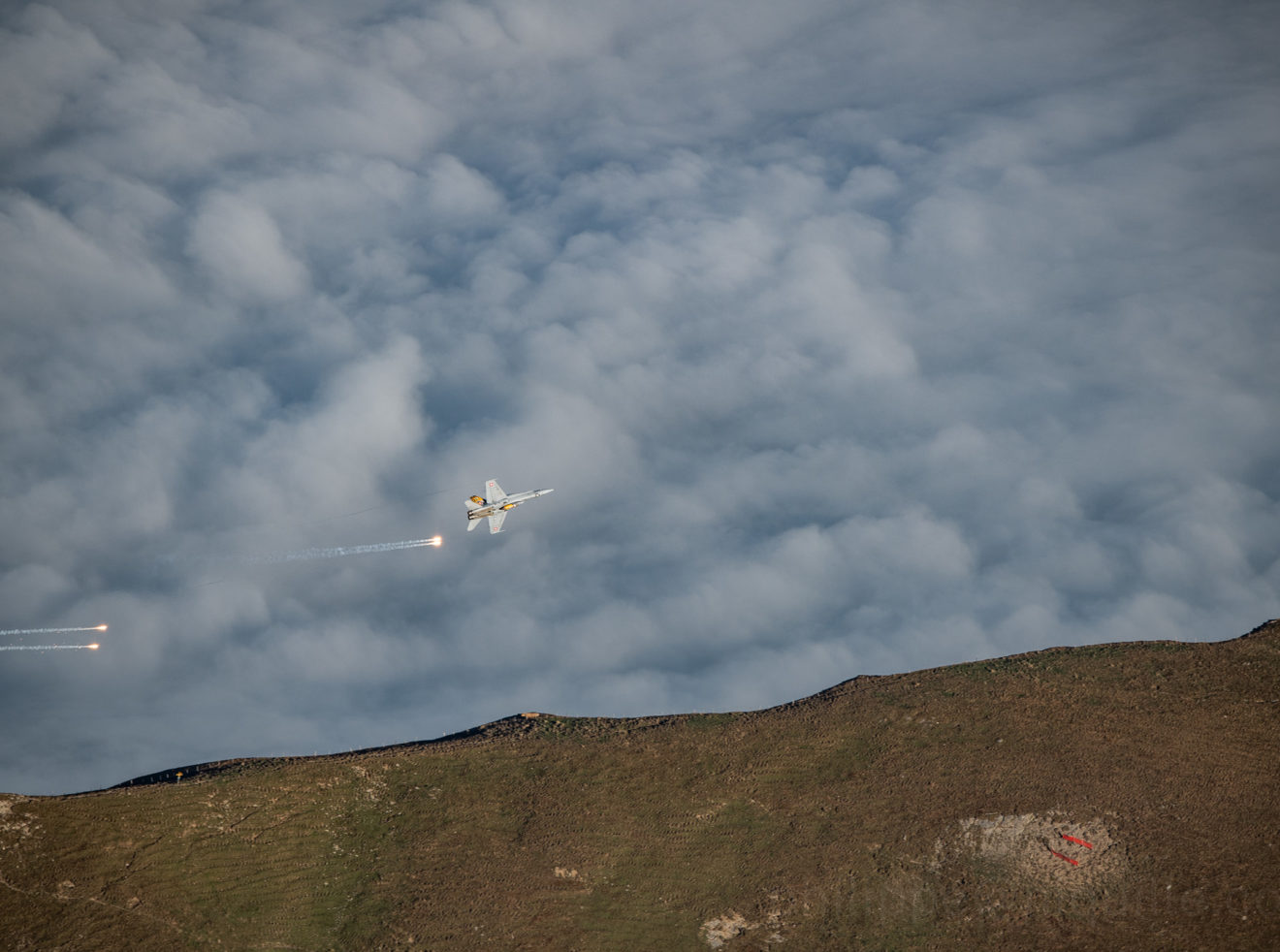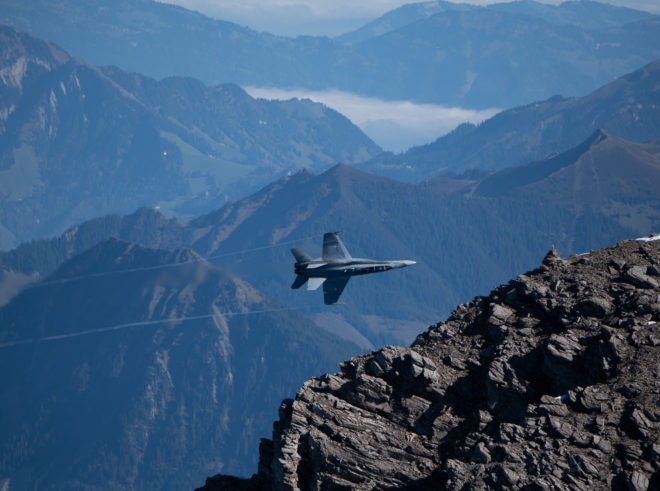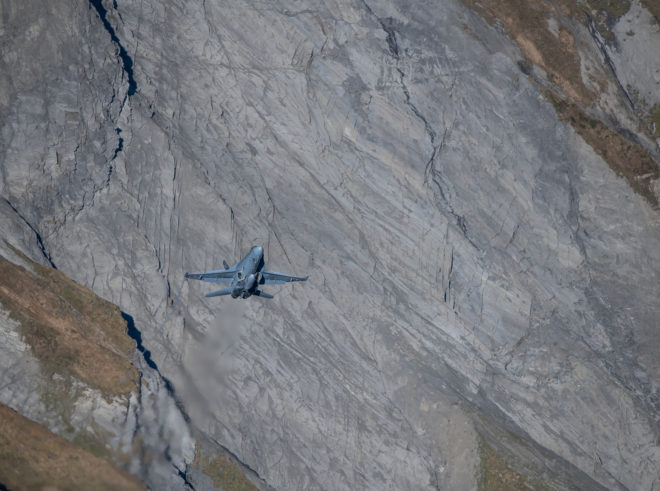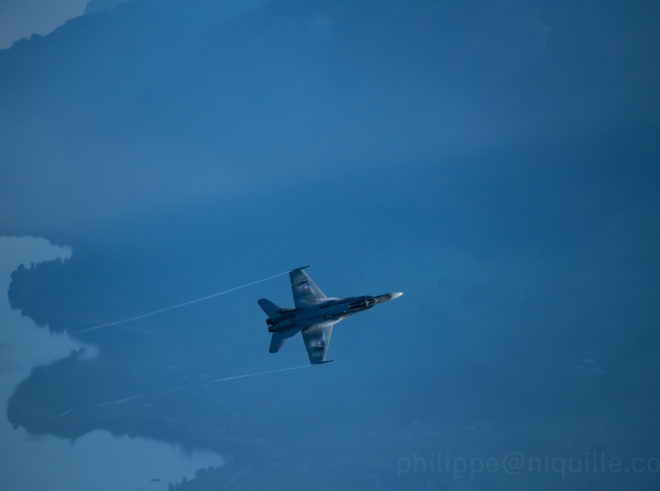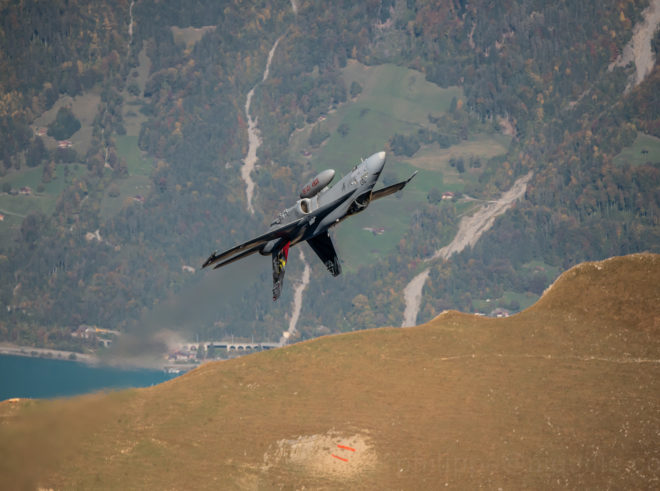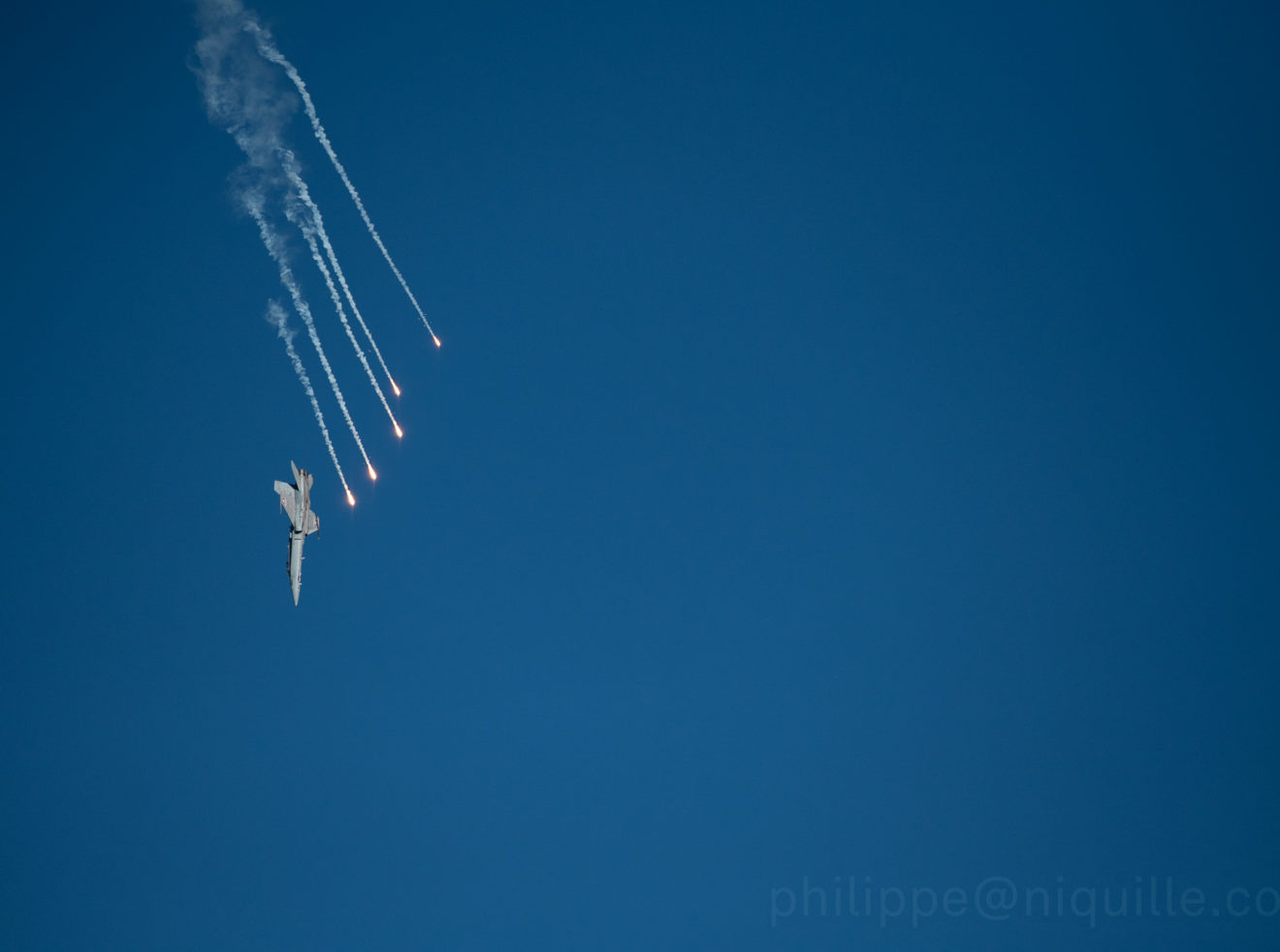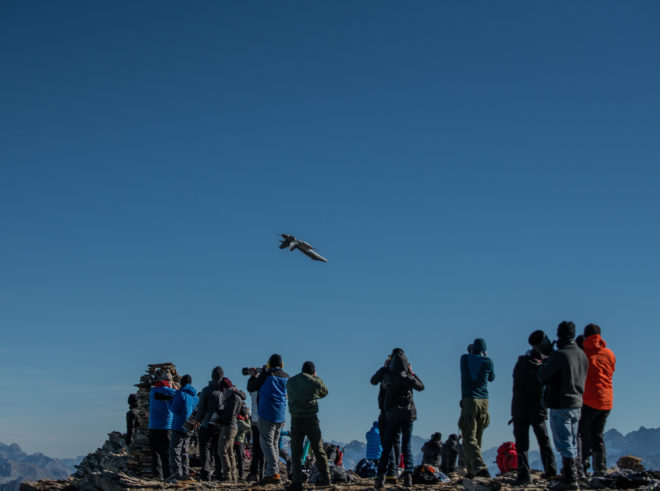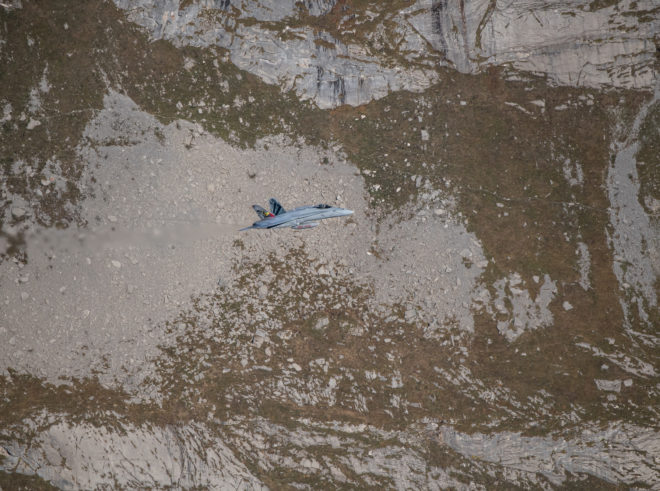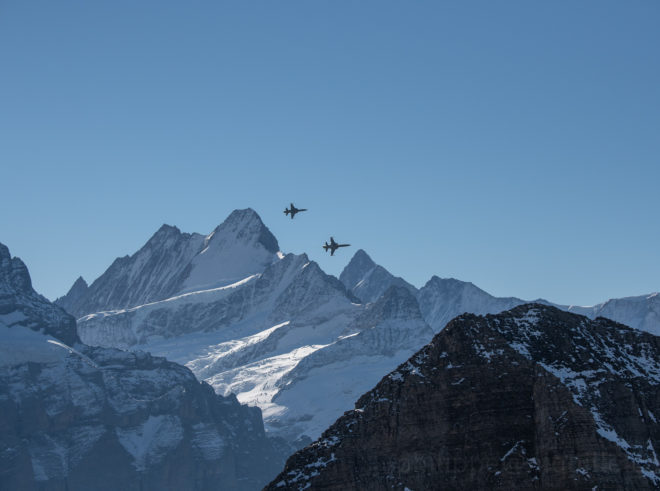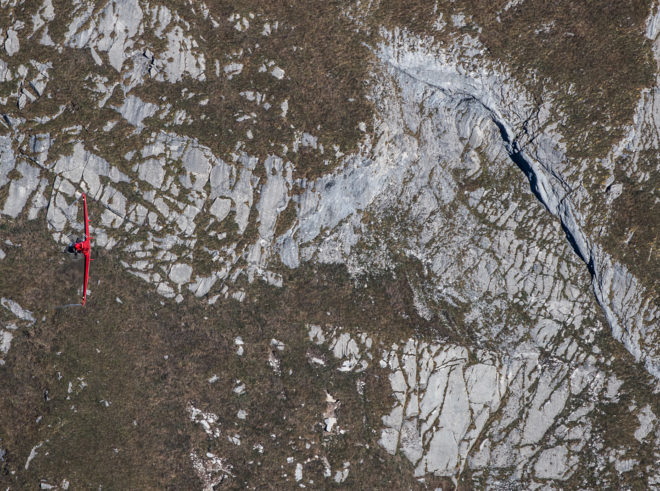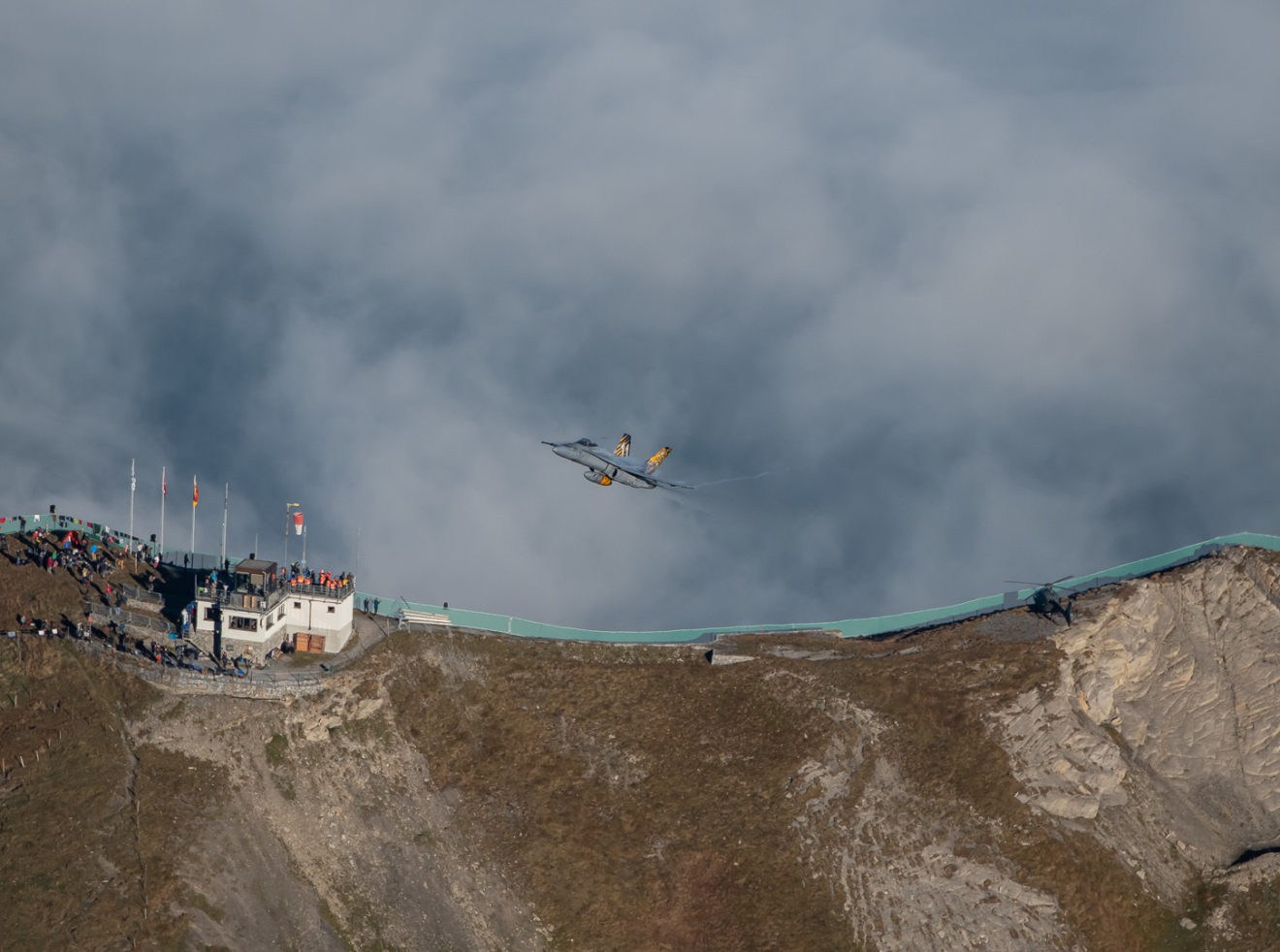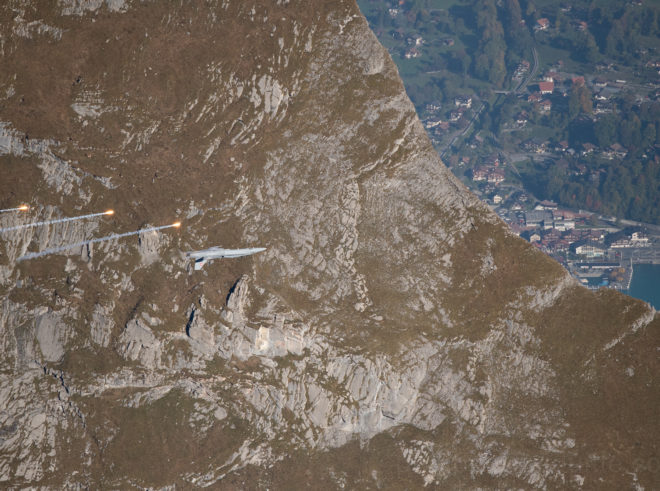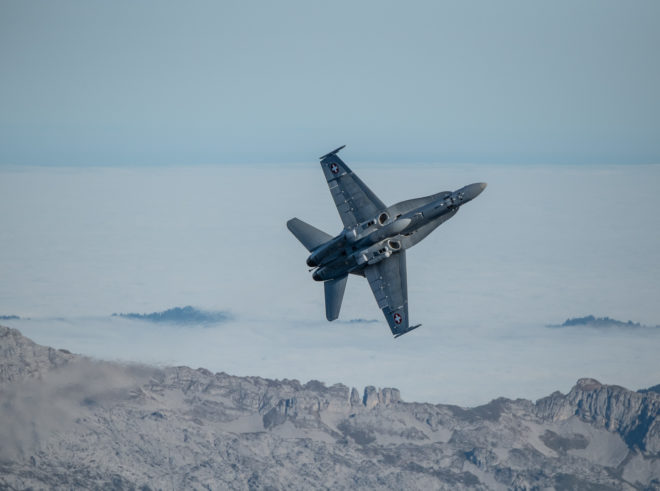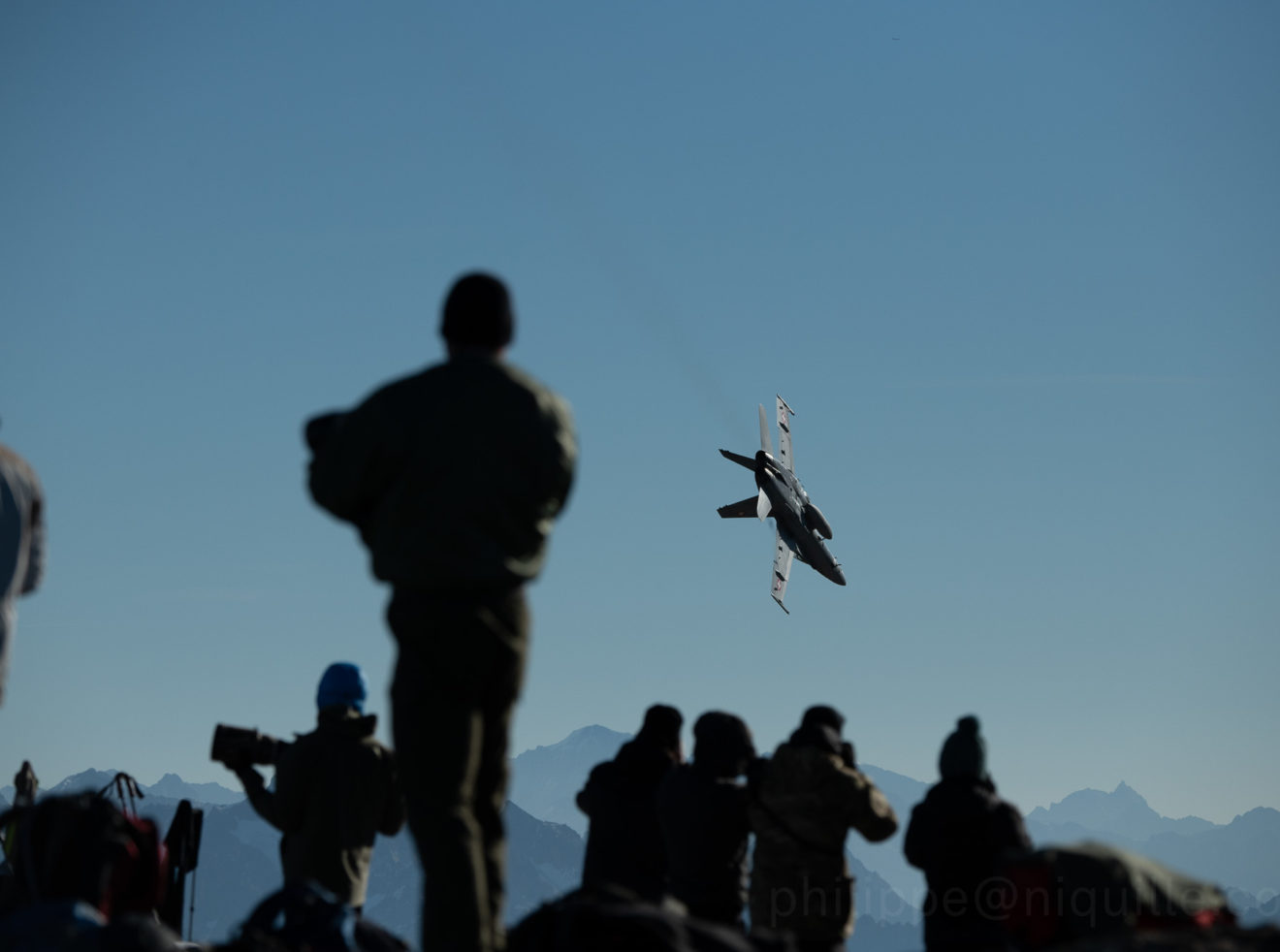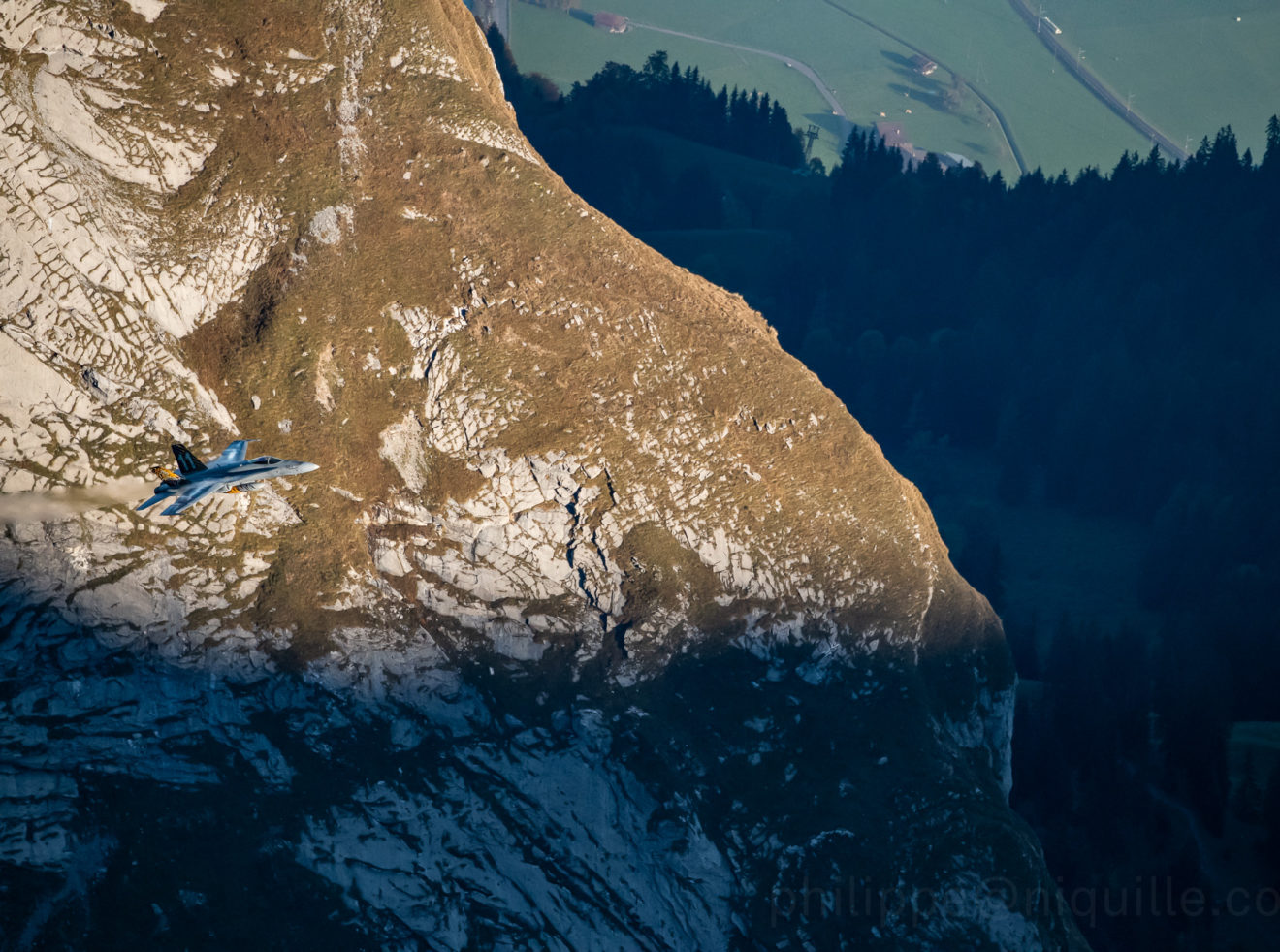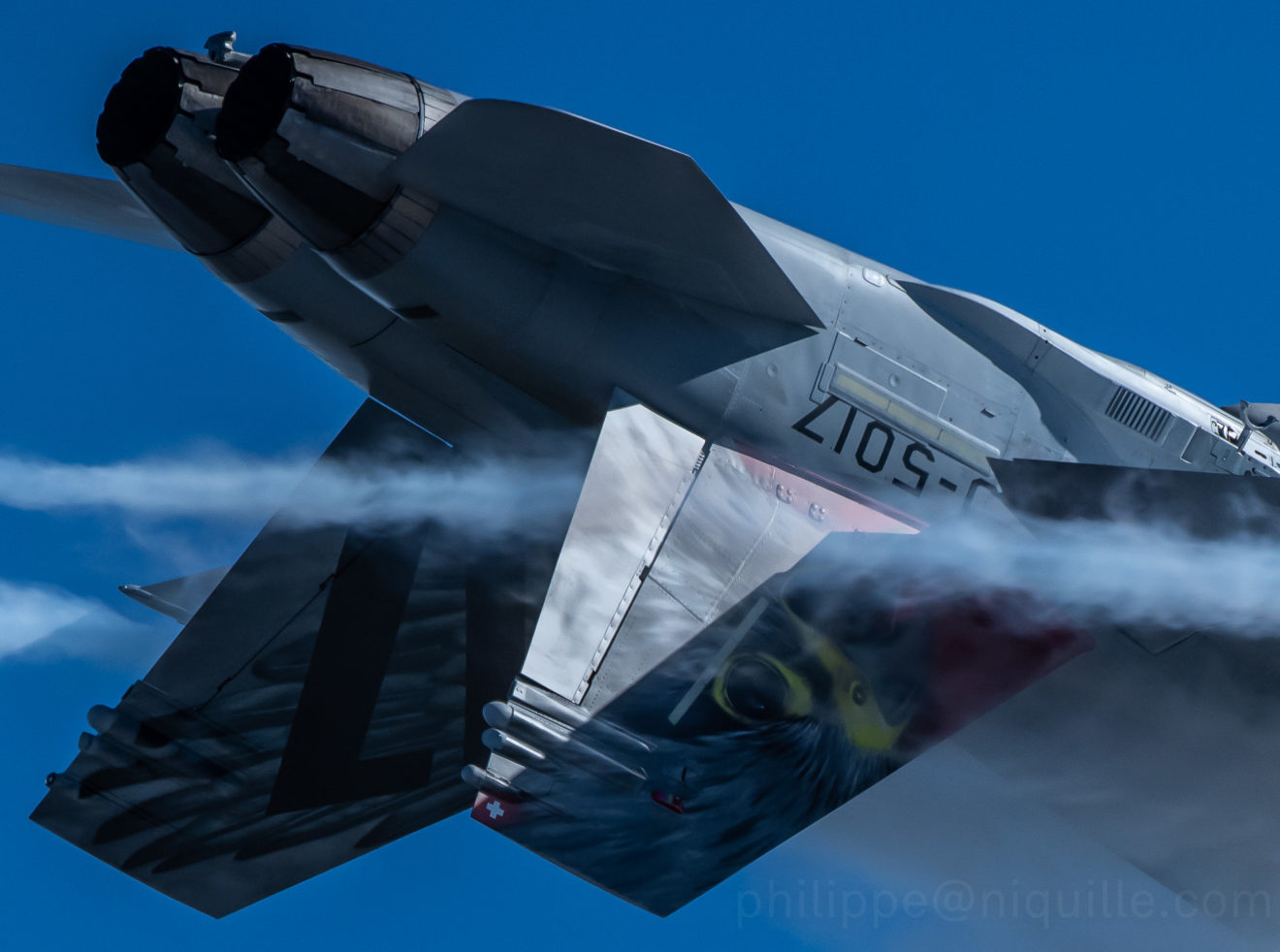Tag: d750
Cyclone Burglind
Back in early January this year the cyclone Burglind left devastation wherever he went in Switzerland. I was lucky enough to stay safe and was able to capture some of the raw force of water right on the waterfront of Lake of Zug. That day I also learned, that my Nikon D750 and the attached 70 – 200mm VR II lens was waterproof. Even with a decent safety distance to the water one of the waves hit me. What a nice shower!
I shot most of the pictures around ISO 1’000 as I was after those crispy sharp droplets. The camera delivered impeccable results.
Oh and I was waiting for this tourist to get wet. You could see it in his posture, that he was just waiting for it ..
Afsluitdijk
This photo was shot back in January, when I visited the Afsluitdijk on the border to Fryslân in the Netherlands. It is a magnificent construction about 32km long, protecting most of the Netherlands from floods and the rough sea. The muddy water you can see on the picture is mostly fresh water, as the dike separates salt water pretty well. The photo is facing south.
Axalp – shooting alpine fighter jets
Once per year the Swiss Air Force invites the public to observe how their fighter jets do target practice in a Swiss valley called Axalp. This year, we won the lottery as the weather was magnificent, very little wind and no fog high up. There is one peak called Wildgärst on almost 3’000m above sea level which offers a 360° view of the spectacle. It is a 3 hour hike which we did during the night to be ready for the first low-pass flights early morning. What an experience!
I used a mix of Nikon D750 and D850, which delivered unprecedented results, especially with morning light and the right angles. I did learn though, that my 80 – 400mm lens is not ideal, especially if used with a 1.4x tele converter. Getting sharp and crisp images becomes close to impossible. If one is really serious about such images, I propose focal lengths > 400mm and non-zoom lenses (such as the new 500mm). Yet this setup can deliver quite the images, given you use the right settings and practice.
The following settings worked for me:
- Shoot in manual mode only
- Enable Auto ISO with a cap of about 3’200 (both cameras are superb at high ISO)
- Shoot at shutter speeds > 1/1’000 for jets, < 1/500 for turbo-props and < 1/250 for helicopters (shorter for larger rotorcraft)
- Don’t aim for bokeh and use apertures > 8
Now see for yourself.
I was really impressed by the sharpness and resolution the D850 produces. See a 100% crop of the F/A-18 on his back pictured above:
Thank you to my buddy Marc for teaching me how to photograph aircraft. He never risks a compromise in sharpness and relentlessly seeks yet the best aircraft shot. He is working on changing his 90-style website .. I took a screenshot for archive purposes, you never know.
